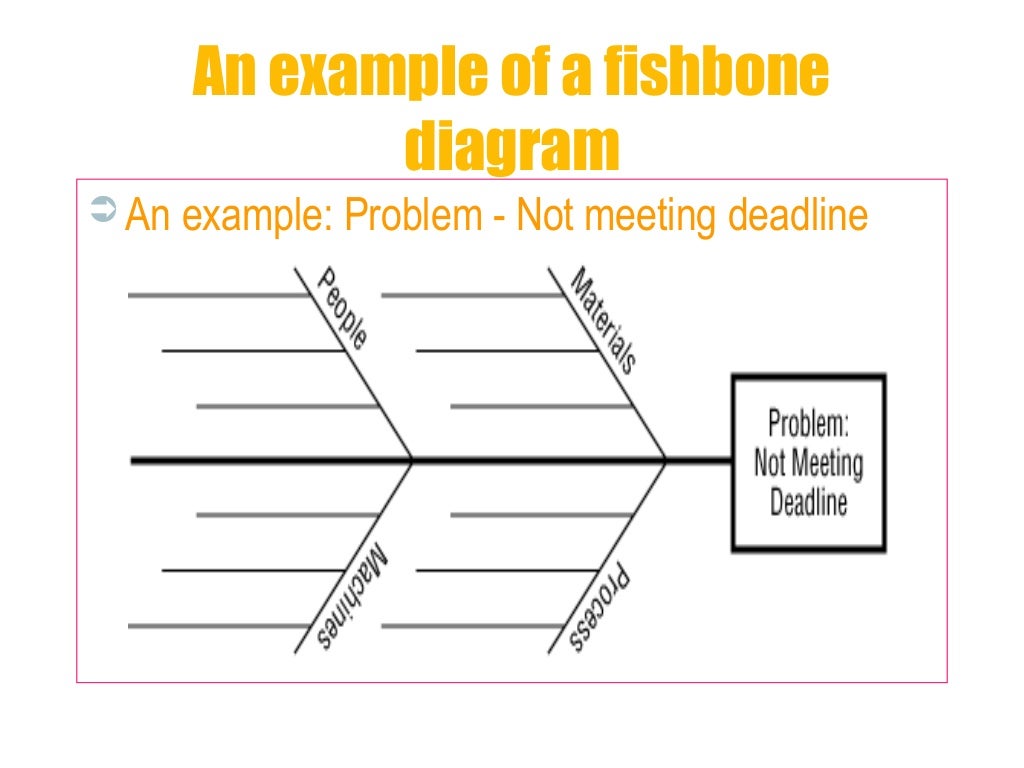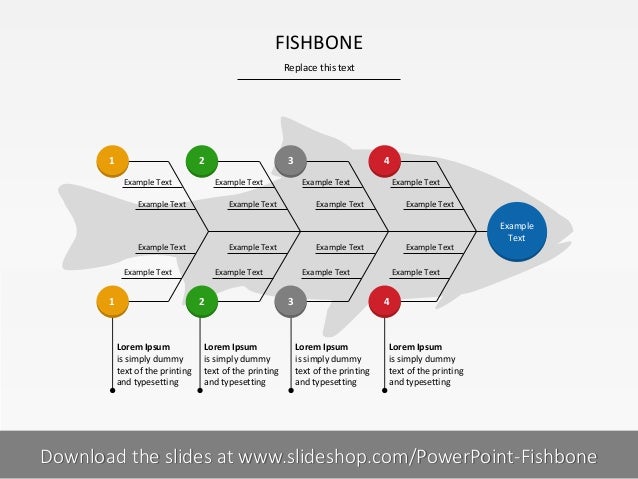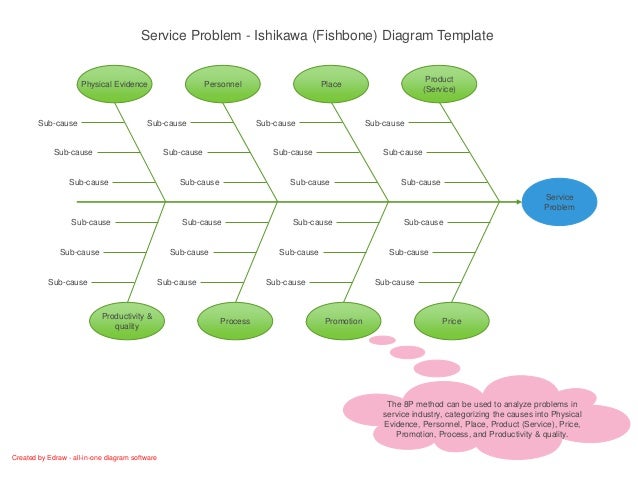
The extra costs of delivery are passed on to the terminal. Therefore, they must supply the exact amount of required energy across their entire network.

These costs are high as the energy utility company must ensure the continuous supply of electricity. Any (temporary) peak above the reserved capacity will have a significant impact on the total energy costs (ABB 2017). Often container terminals purchase electricity using a demand-based fee billing is based on a specific capacity which is reserved by the utility company for the terminal. The container terminal must purchase the required energy at an energy utility company in advance. Thus the reefers are continuously powered when stacked. During the temporary storage of reefers, the core temperature must remain within the set bandwidth. The container terminal is required to unload, and temporarily store the incoming reefers before they can be transported further. The operational nature of terminal processes with large simultaneous reefer arrivals presents significant costs for the container terminal. Also, with the use of larger ships, peaks increase in amplitude, due to the high volume of simultaneous reefer arrivals. The seasonality effects are determined by the outside temperature combined with the harvest season of fruit. This increase in ship size, together with seasonality effects, lead to high peak energy consumption at container terminals. Global containerization has led to increasingly larger ships being built and used.

The large proportion of electrical energy usage of reefers at container terminals shows the importance of smart and active energy use systems. The other 60% is assigned to ship-to-shore cranes (40%), terminal lightning (12%), and administration and workshops (8%). ( 2014) found that reefers account for as much as 40% of the total energy consumption of a container terminal. Not only the energy consumption of deep-sea transport increases but also the energy consumption of container terminals. The proportion of reefers in total conditioned shipping transport increased from 47% in 1990 to 75% in 2014 it is expected that in the coming 5 to 10 years global growth of the reefer market will be around 8% per year (Rodrigue and Notteboom 2014). The United Nations Conference on Trade and Development (UNCTAD 2015) reports a refrigerated cargo share of the total dry cargo of 1.5% for the years 2000 to 2015, with an annual growth rate of 45%. Also, factors play a role like healthy eating habits and change of weather conditions (Dekker 2014). The usage of refrigerated containers (or reefers) has grown together with the world population and global container usage, at a compound annual growth rate of 3.1% between 20. To ensure the availability of fresh products, specialised refrigerated containers are used. With the continuous increase of population and welfare across the globe, ports become increasingly important for the trade and supply of goods and support a continuous worldwide demand for fresh food, throughout all seasons of the year.

Promising approaches to reduce peak energy consumption of reefers includes dynamic pricing, energy management and specific peak shaving strategies. Variations in energy demand are explained for 77% by the arrival pattern of containers, for about 5% by dwell time and for 2% by other factors, such as container temperature at plug-in. In order to identify the importance of factors, we apply a sequential multiple regression analysis approach with backwards feature selection. We use data of energy consumption of reefers at a large container terminal, over the period of 1 year. The aim of this paper is to identify the root causes and to quantify their importance. So far the literature has not dealt with the root causes of peak energy consumption of reefers, or ways to reduce these peaks. As container terminals purchase energy using a demand-based fee, exceeding the reserved capacity during peak times increases the energy costs of the terminal significantly. Every time when a large number of reefers is plugged-in after arrival, peaks in energy consumption occur.

Nowadays, reefers are responsible for 40% of the total energy consumption of container terminals, when connected to the electricity grid on shore. Reefers are refrigerated containers commonly used for transporting perishable goods such as meat, fish, vegetables and fruit.


 0 kommentar(er)
0 kommentar(er)
